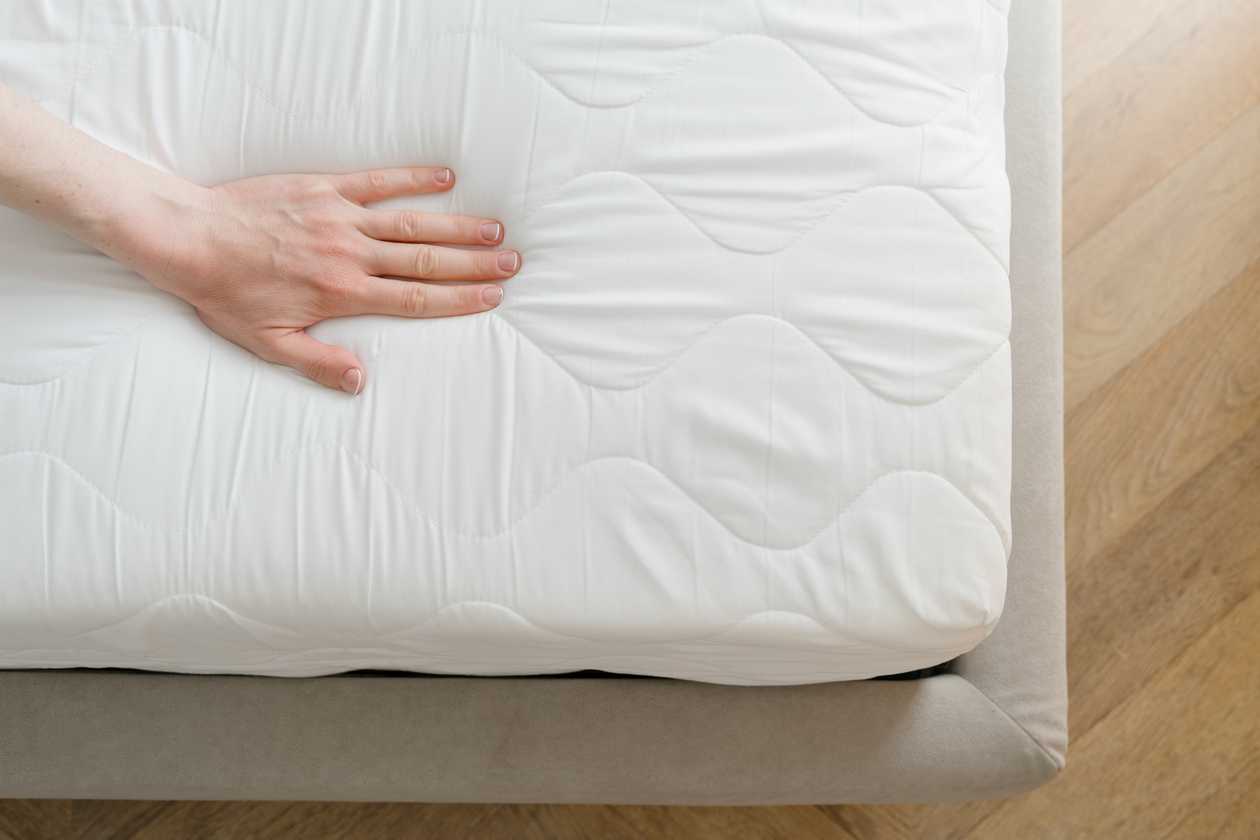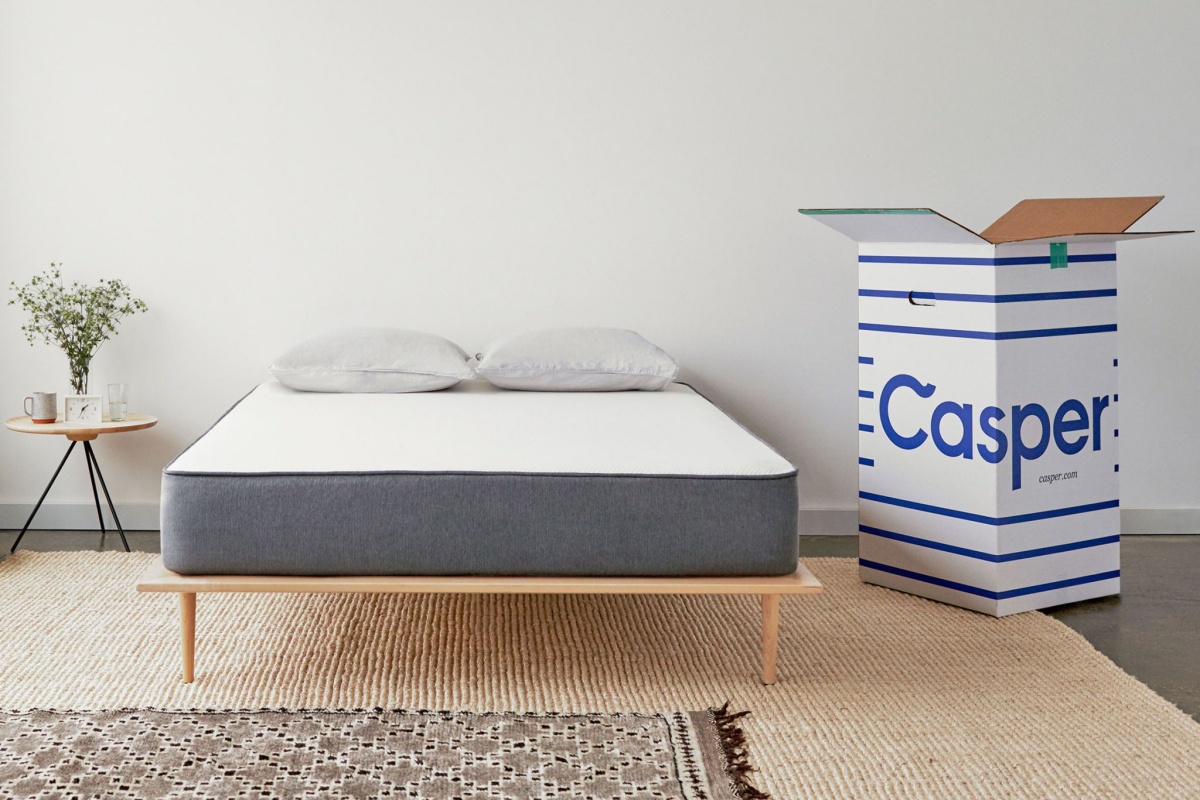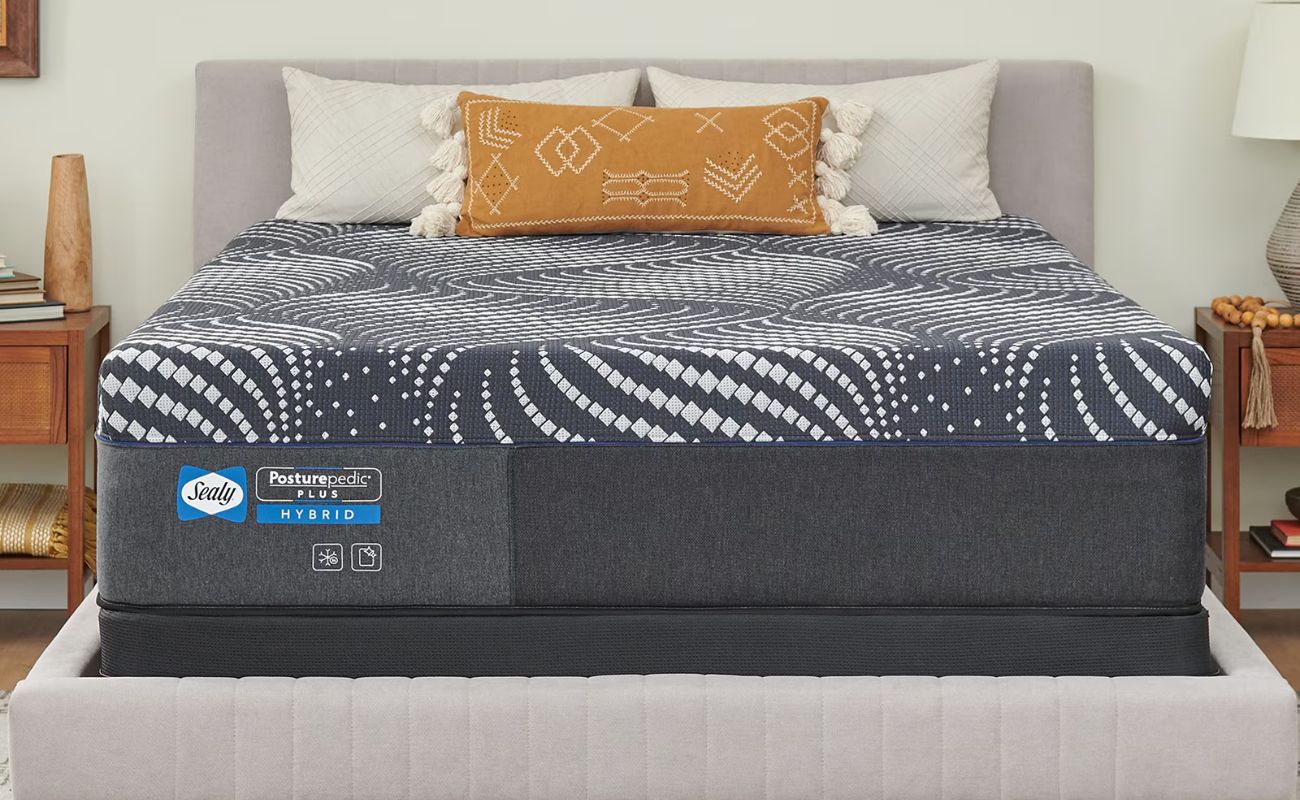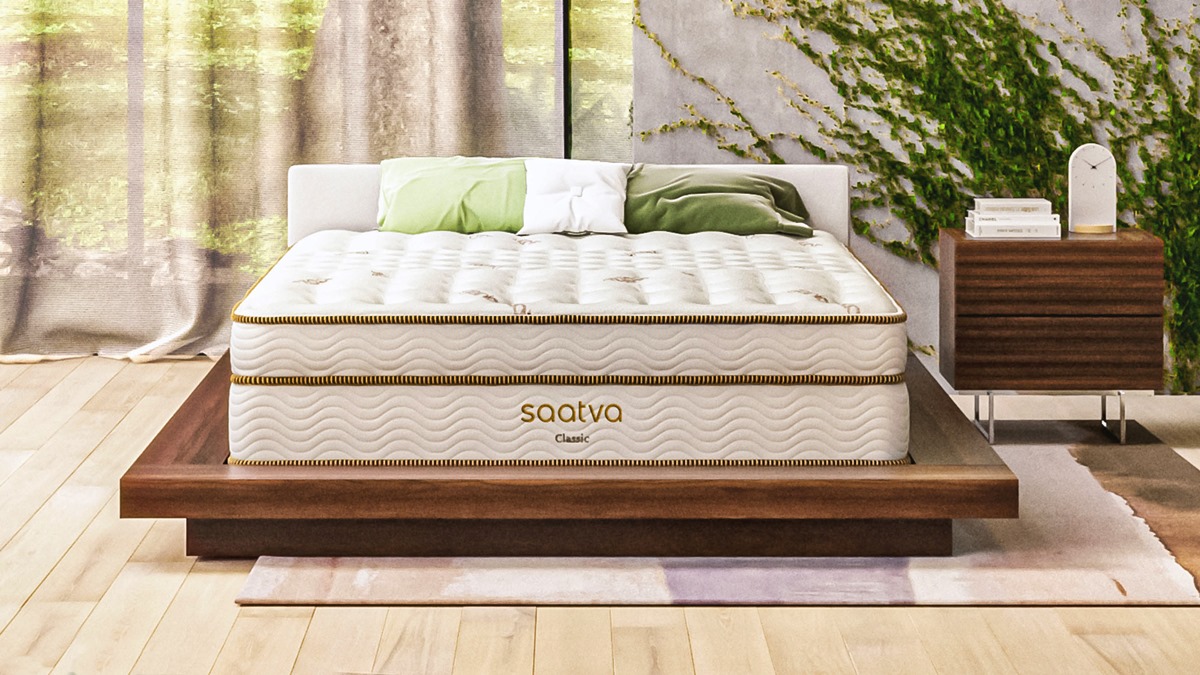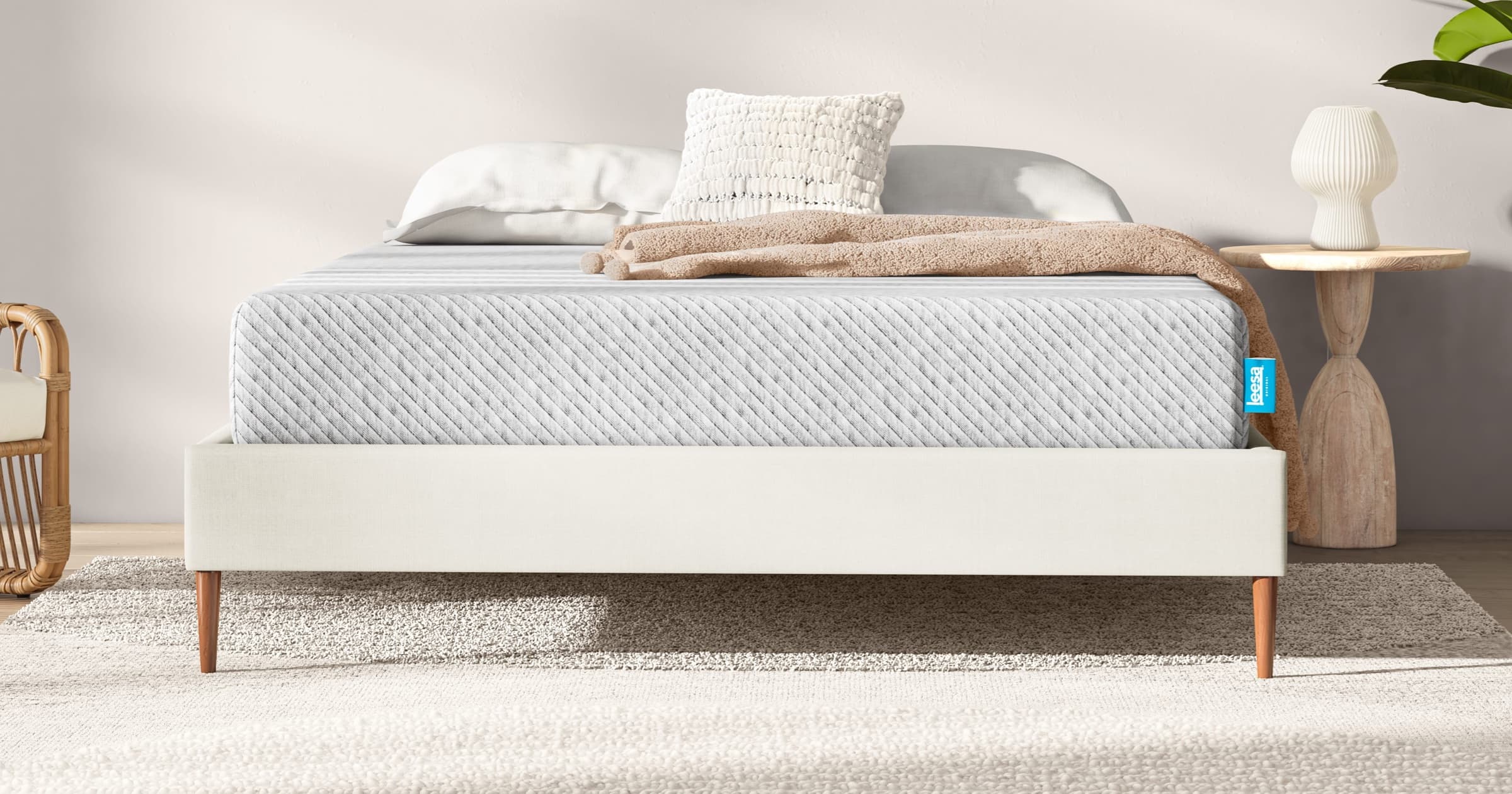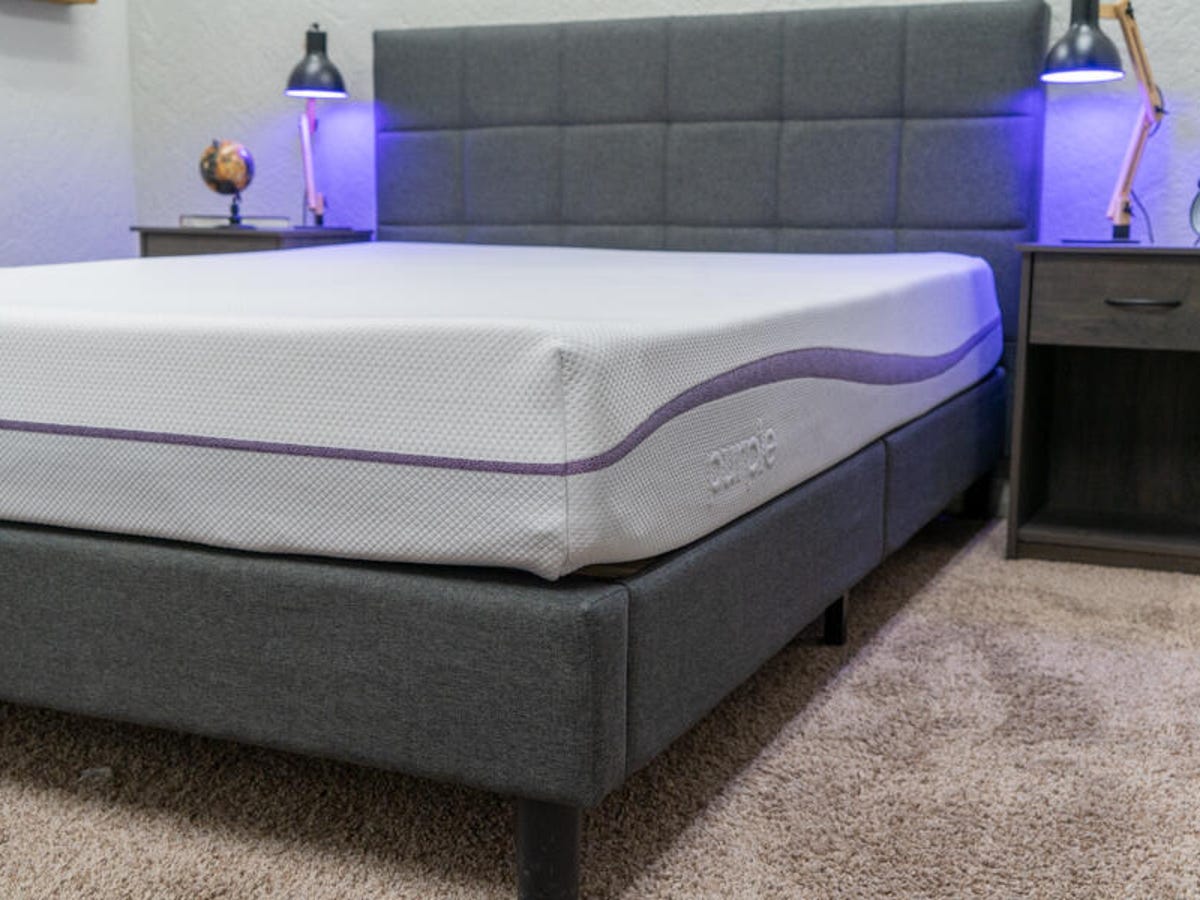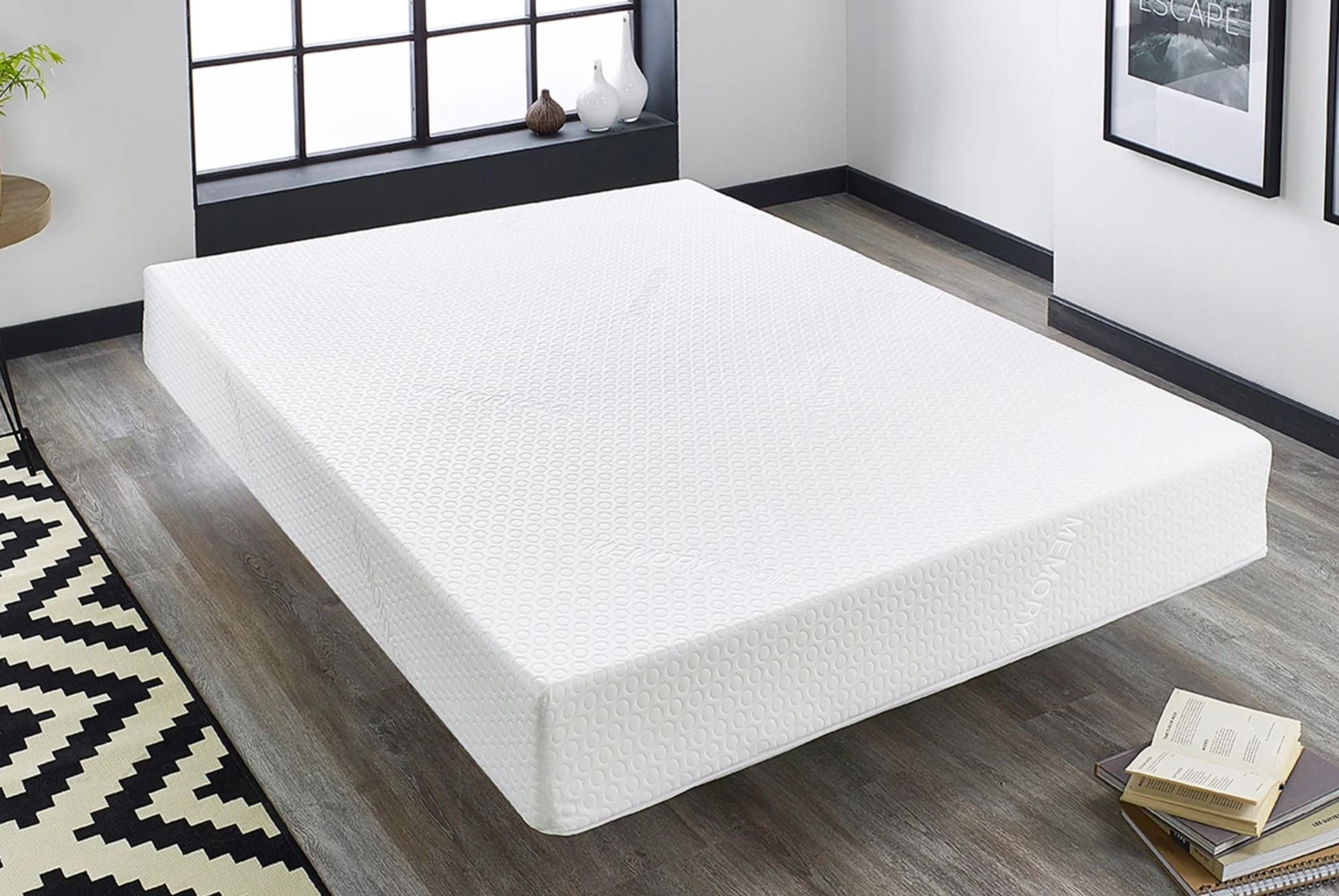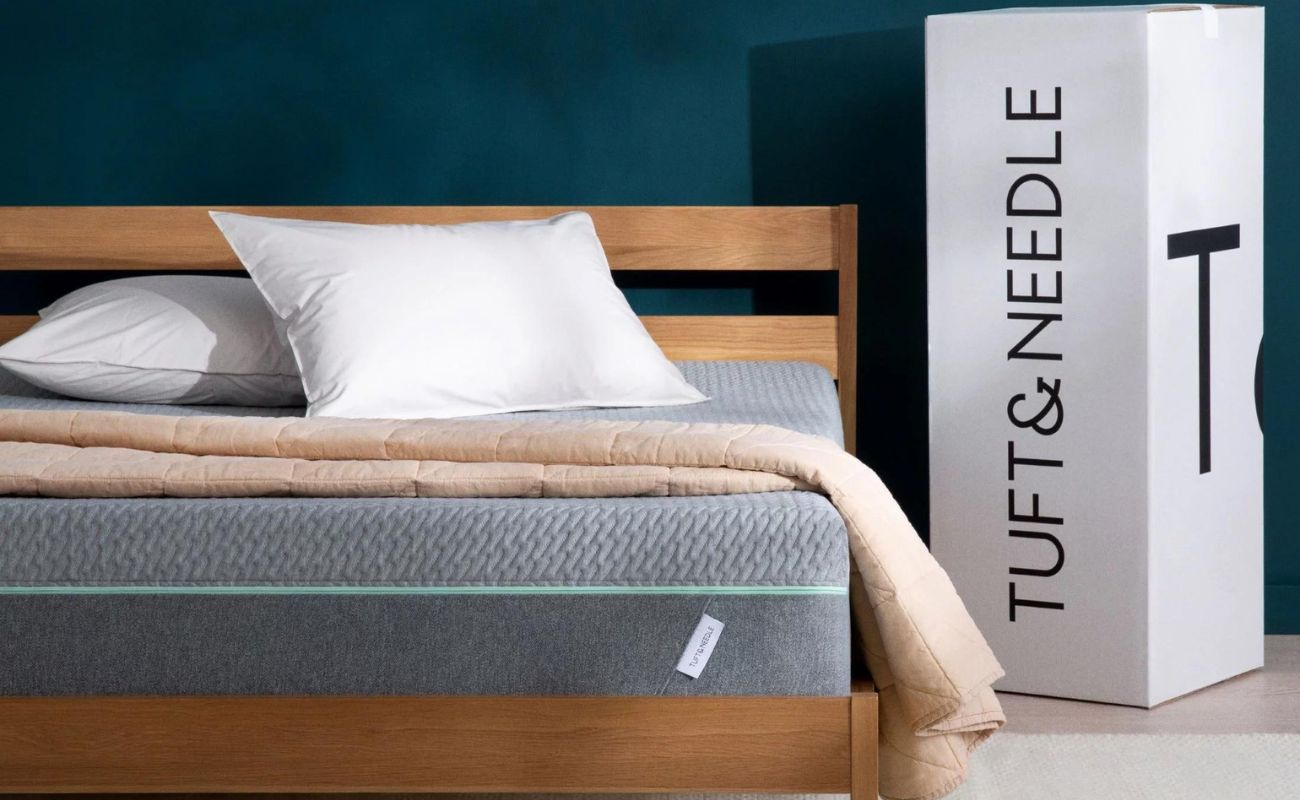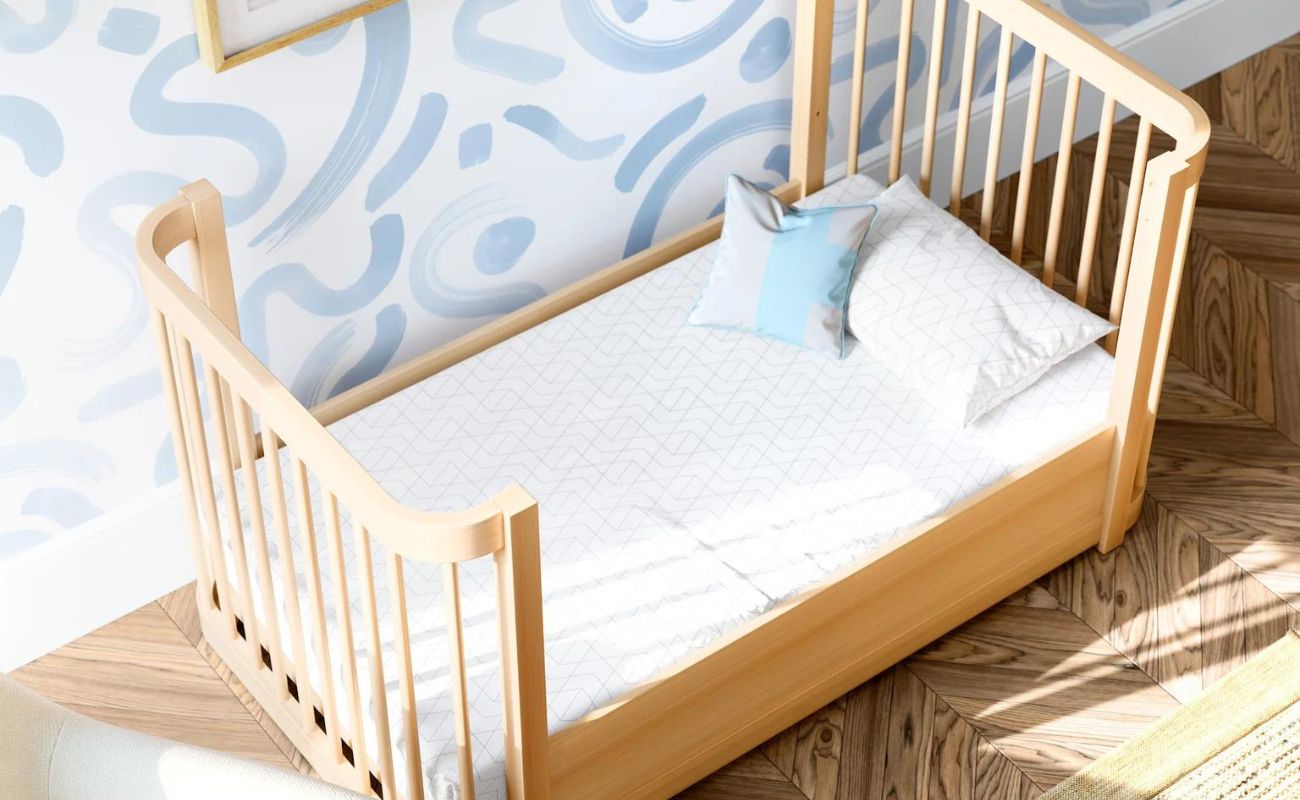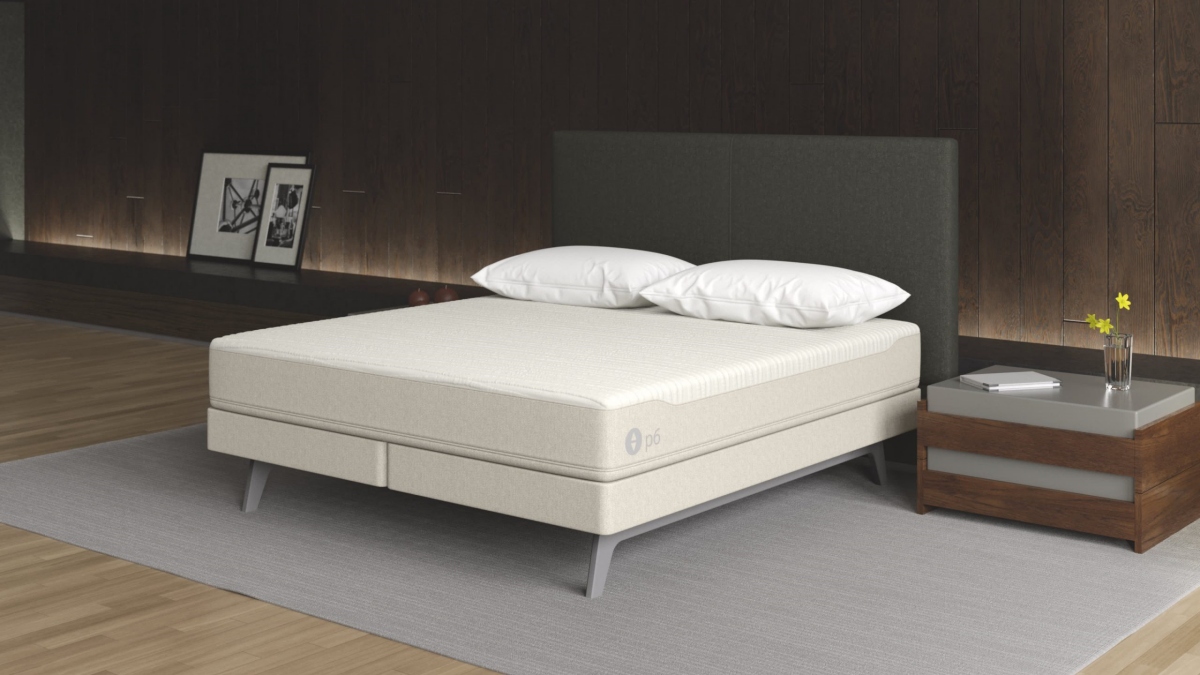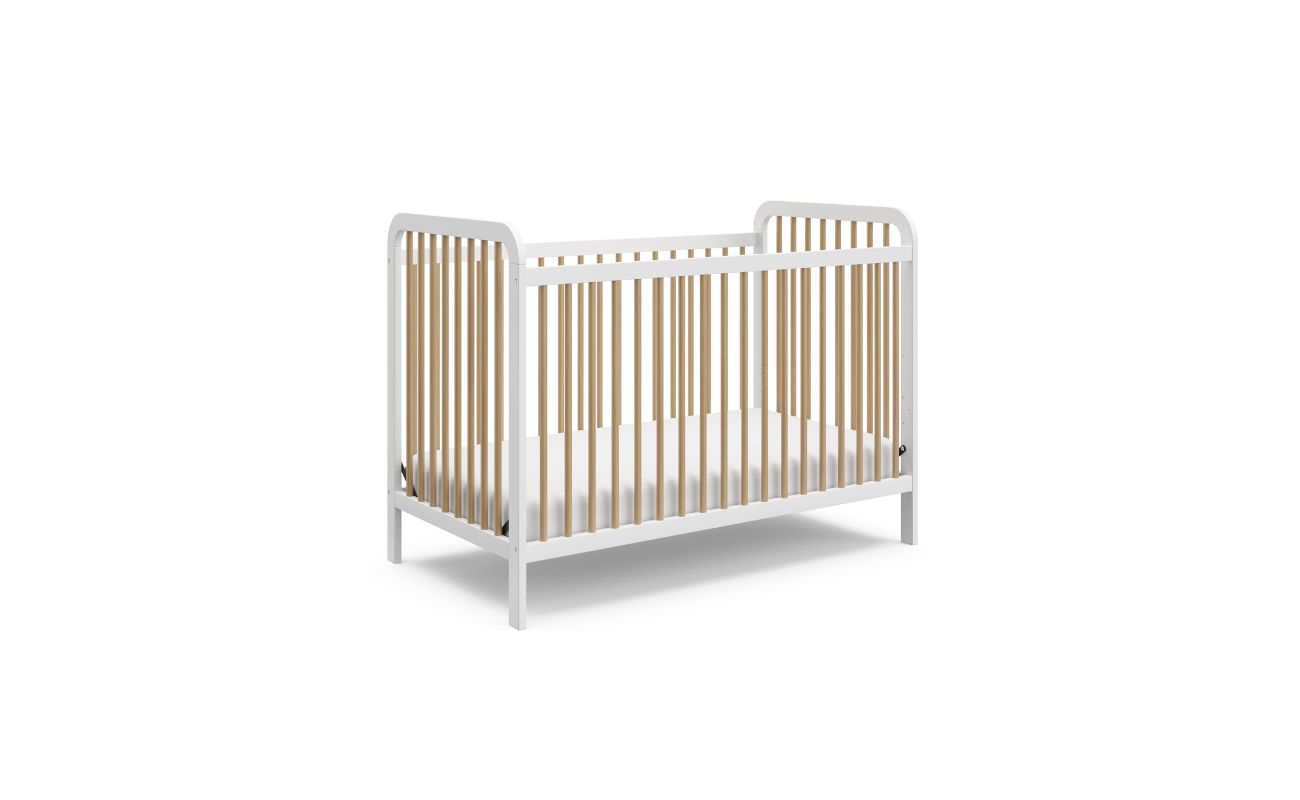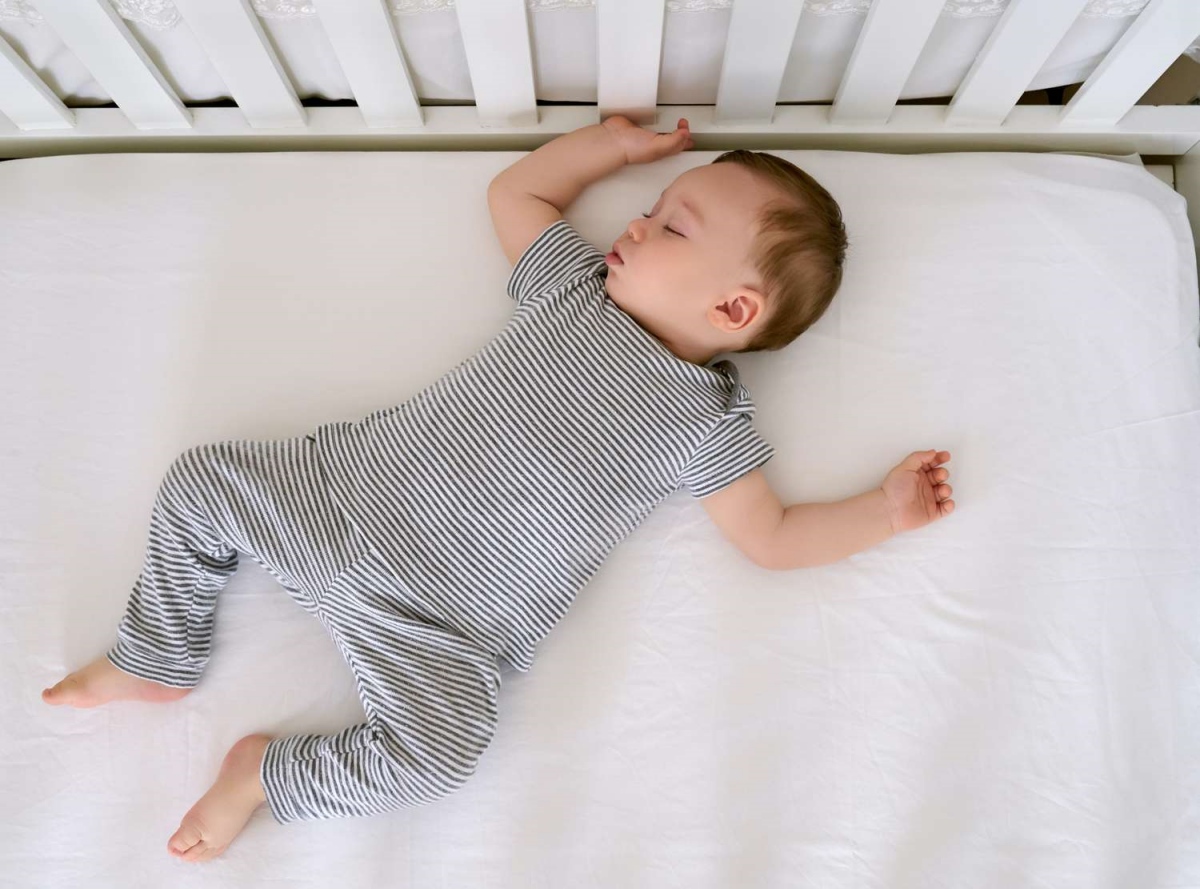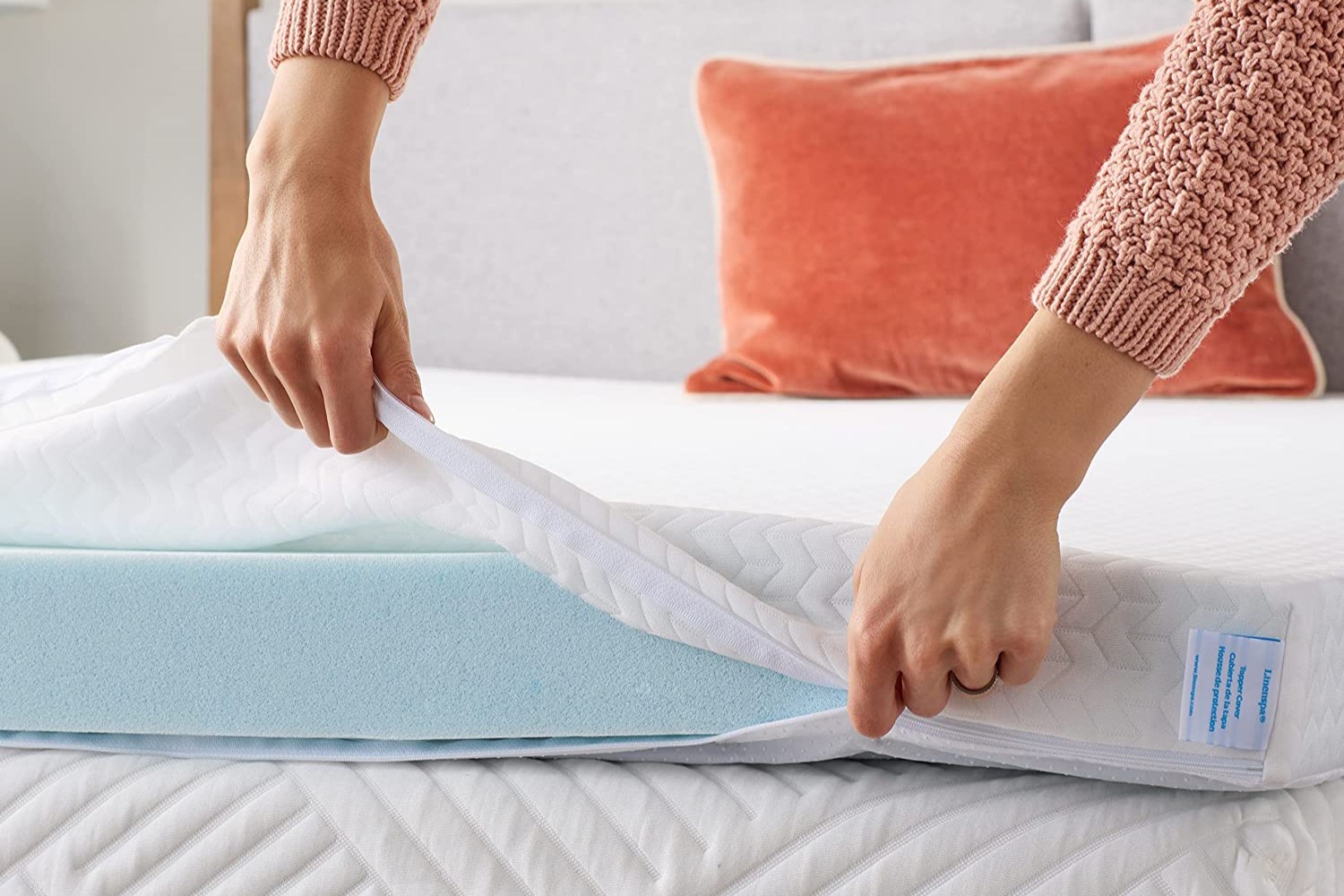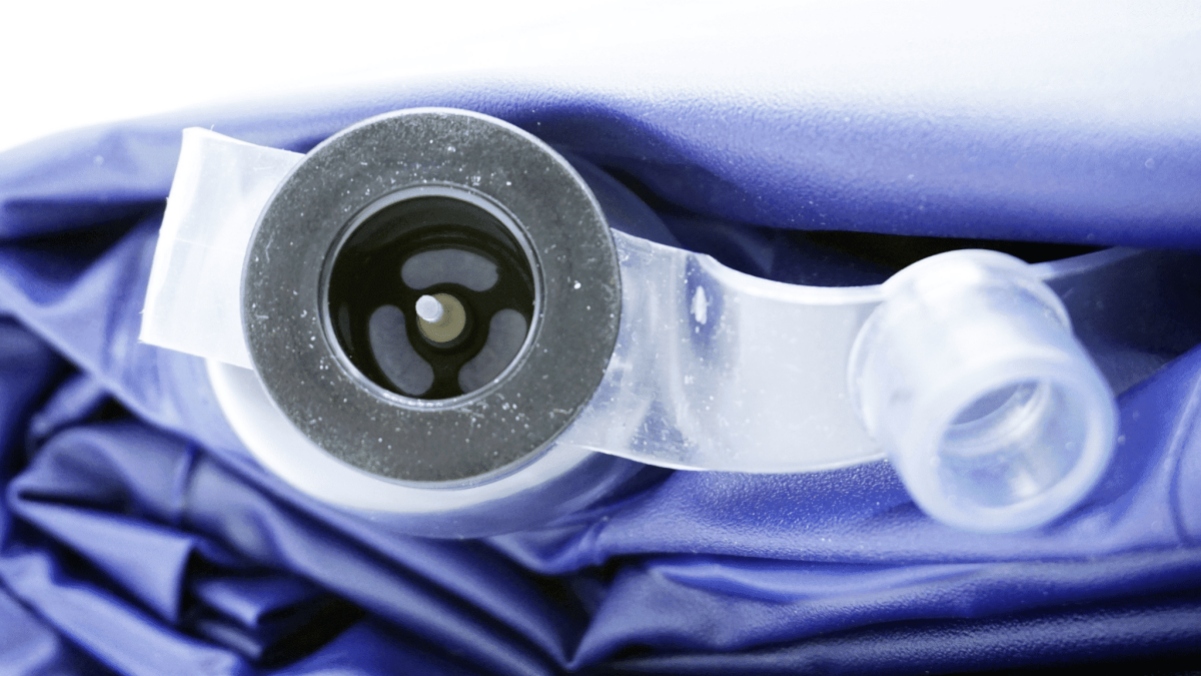Home>Furniture>Bedroom Furniture>How Long Does A Crib Mattress Last
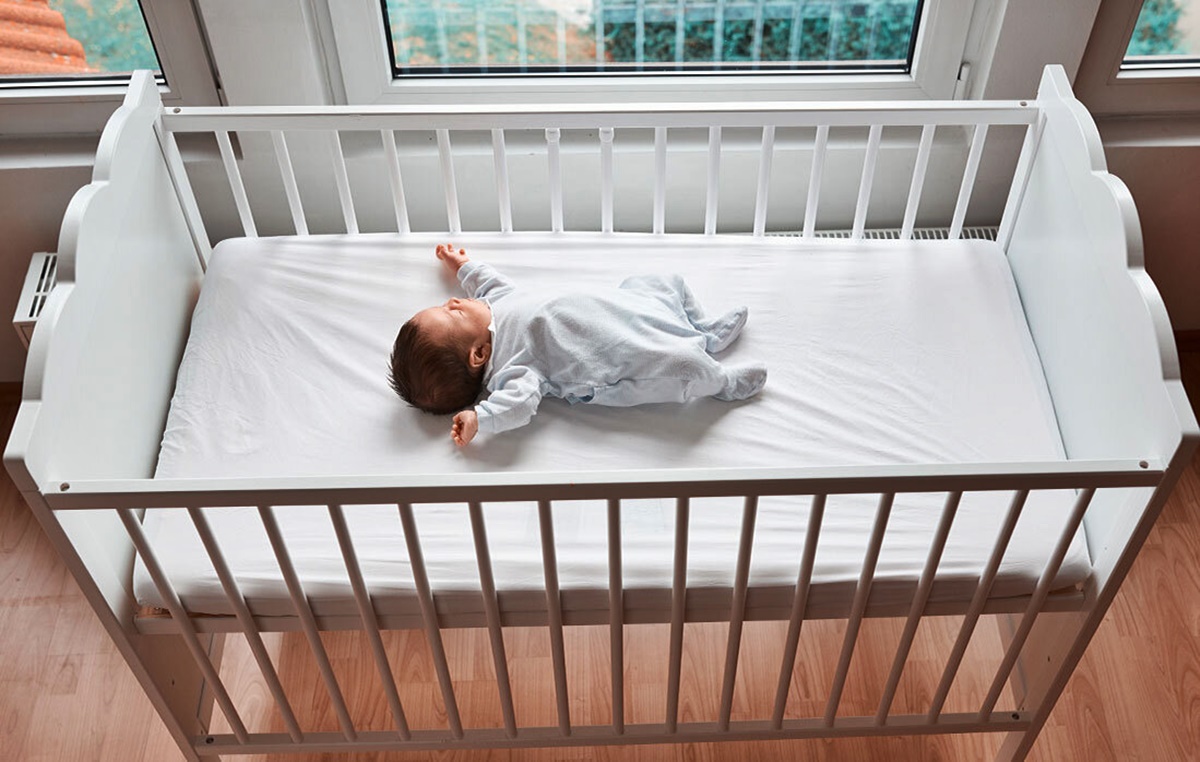

Bedroom Furniture
How Long Does A Crib Mattress Last
Modified: January 9, 2024
Discover how long a crib mattress typically lasts and what factors affect its lifespan. Find the best bedroom furniture that will keep your little one comfortable and safe for years to come.
(Many of the links in this article redirect to a specific reviewed product. Your purchase of these products through affiliate links helps to generate commission for Storables.com, at no extra cost. Learn more)
Introduction
Welcome to our comprehensive guide on crib mattresses! As a parent, you want to provide the best and safest sleeping environment for your little one. That’s why choosing the right crib mattress is crucial. Not only does it support your baby’s growing body, but it also plays a crucial role in ensuring their safety and comfort during sleep.
In this article, we will delve into the world of crib mattresses and discuss everything you need to know, including their importance, factors affecting their lifespan, average lifespan, signs that indicate it’s time for a replacement, and tips for extending their longevity.
Whether you are a first-time parent or preparing for the arrival of a new member in your family, understanding the ins and outs of crib mattresses will help you make an informed decision and provide the best sleeping surface for your little one.
Key Takeaways:
- Ensure your baby’s safety and comfort by investing in a high-quality crib mattress that provides proper support, hygiene, and durability for their growing needs.
- Regularly inspect, clean, and maintain your crib mattress to extend its lifespan, ensuring a safe and comfortable sleeping environment for your little one’s healthy development.
Read more: How Long Does A Mattress Last?
Importance of a Crib Mattress
A crib mattress is not just a simple bedding accessory; it is an essential component of your baby’s nursery. Here are a few reasons why a crib mattress is so important:
- Safety: A crib mattress provides a safe and secure sleeping surface for your baby. It offers the necessary support and firmness to prevent suffocation hazards and reduce the risk of Sudden Infant Death Syndrome (SIDS).
- Comfort: A comfortable mattress is crucial for your baby’s quality of sleep. It allows them to rest peacefully, promoting healthy growth and development. Additionally, a comfortable mattress reduces the likelihood of your baby waking up frequently during the night.
- Spinal Support: Babies spend a significant portion of their early days and nights sleeping. A high-quality crib mattress ensures proper spinal support, which is crucial for their growing bodies. It helps to maintain the natural alignment of their spine, reducing the risk of developing musculoskeletal issues in the future.
- Hygiene: A crib mattress that is easy to clean and maintain promotes good hygiene. Babies are known for their accidents and spills, so having a mattress with a waterproof or washable cover can make the cleaning process a breeze. It helps to prevent the growth of harmful bacteria and allergens that could affect your baby’s health.
- Durability: Investing in a high-quality crib mattress ensures durability and longevity. A well-constructed mattress can withstand the wear and tear of daily use, allowing you to use it for multiple children or future siblings. This not only saves you money in the long run but also ensures that your baby continues to have a safe and comfortable sleeping environment.
Remember, your baby will spend a significant portion of their early childhood sleeping in their crib, so it is essential to prioritize their comfort, safety, and overall well-being by choosing the right crib mattress.
Factors Affecting the Lifespan of a Crib Mattress
The lifespan of a crib mattress can vary depending on several factors. Understanding these factors will help you make informed decisions and ensure that your baby’s mattress provides optimal comfort and safety throughout its use. Here are some key factors that can influence the lifespan of a crib mattress:
- Quality of Materials: The quality of materials used in a crib mattress plays a significant role in its durability. Opt for mattresses made from high-quality, durable materials that can withstand the test of time. Look for features such as reinforced edges, heavy-duty stitching, and high-density foam.
- Frequency of Use: How often the crib mattress is used can affect its lifespan. If your baby sleeps in their crib every night, the mattress will naturally experience more wear and tear compared to one that is used occasionally.
- Proper Maintenance: Regular maintenance and care can extend the lifespan of a crib mattress. Proper cleaning, using mattress protectors, and rotating the mattress periodically can help prevent premature wear and minimize the presence of allergens or mold.
- Weight Distribution: The weight placed on the crib mattress can impact its durability. Babies grow quickly, and as they gain weight, the mattress needs to provide adequate support. A mattress that sags or loses its firmness prematurely may need to be replaced.
- Environmental Factors: The environment in which the crib mattress is used can affect its lifespan. Excessive humidity, temperature fluctuations, and exposure to sunlight or moisture can degrade the materials and reduce the mattress’s longevity.
- Proper Usage: Proper usage of the crib mattress is essential for its longevity. Avoid jumping or placing heavy objects on the mattress, as this can cause damage. Additionally, following the manufacturer’s guidelines for weight limits and recommended usage will help maintain the mattress’s integrity.
By considering these factors and taking appropriate measures, you can help maximize the lifespan of your crib mattress, ensuring a safe and comfortable sleeping environment for your baby.
Average Lifespan of a Crib Mattress
The average lifespan of a crib mattress can vary depending on several factors, including the quality of the mattress, frequency of use, and proper maintenance. While there is no exact timeframe, most crib mattresses are designed to last for about three to five years.
It is important to note that the lifespan of a crib mattress is not solely determined by a predetermined expiration date. Instead, it is influenced by factors such as wear and tear, overall condition, and changes in your baby’s needs as they grow older.
It is generally recommended to replace a crib mattress when your child transitions from a crib to a toddler bed. This is typically around the age of two to three years old. At this stage, your child’s weight and size increase, and their needs for comfort and support may change. Transitioning to a new mattress ensures that your child continues to have a suitable sleeping surface for their evolving needs.
However, if you plan on using the crib mattress for multiple children or siblings, it is important to assess its condition regularly. Look for signs of wear such as sagging, unevenness, or loss of firmness. If the mattress no longer provides adequate support or is showing significant signs of deterioration, it is best to err on the side of caution and replace it.
Remember, your baby’s safety and comfort should always be the top priority. If you notice any signs of damage, wear, or if your child’s needs change, it is advisable to invest in a new crib mattress to ensure they have a safe and healthy sleep environment.
Ultimately, the average lifespan of a crib mattress can vary based on several factors. By regularly inspecting the mattress, practicing proper maintenance, and considering your child’s changing needs, you can make an informed decision about when it is time to replace the crib mattress.
A crib mattress can last for about 3-5 years, depending on its quality and how well it’s maintained. To extend its lifespan, use a waterproof cover, rotate it regularly, and clean any spills promptly.
Signs that Indicate it’s Time to Replace a Crib Mattress
Knowing when to replace a crib mattress is crucial for your baby’s safety and comfort. While there is no set timeframe for when a crib mattress should be replaced, there are several signs that indicate it may be time for a new one. Here are some key signs to look out for:
- Sagging or Indentations: If you notice visible sagging or indentations in the mattress, it may be a sign of wear and lack of support. A sagging mattress can compromise your baby’s comfort and spinal alignment, potentially leading to discomfort and disrupted sleep patterns.
- Loss of Firmness: A crib mattress should be firm to provide proper support for your baby’s growing body. Over time, mattresses can lose their firmness, becoming less supportive. If you find that the mattress feels softer or less firm than it used to, it may be time to consider a replacement.
- Visible Wear and Tear: Inspect the mattress for any visible signs of wear and tear, such as frayed edges, rips, or broken springs. These signs can indicate that the mattress is no longer in good condition and may pose a safety risk to your baby.
- Allergies or Respiratory Issues: If your baby consistently experiences unexplained allergies or respiratory issues that seem to improve when they are away from their crib, it could be a sign that the mattress is harboring dust mites, allergens, or mold. This is especially true if the mattress has not been properly cleaned or maintained.
- Strange Odors: If you notice a persistent, unpleasant odor coming from the crib mattress, it could be a sign of mold or bacteria growth. This can pose a health hazard to your baby and should be addressed promptly.
- Age and Transition: Consider the age and developmental stage of your child. If your child is ready to transition from a crib to a toddler bed or is rapidly growing, it may be a good time to invest in a new mattress that accommodates their changing needs.
While these signs can indicate that it’s time to replace a crib mattress, it is important to use your judgment and prioritize your baby’s safety and comfort. If you have any doubts about the condition of the mattress, it is best to err on the side of caution and replace it.
Remember, a crib mattress is a long-term investment in your baby’s well-being, and ensuring a safe and comfortable sleeping environment is crucial for their growth and development.
Read more: How Long Does A Mattress Last
Tips for Extending the Lifespan of a Crib Mattress
Proper care and maintenance can significantly extend the lifespan of a crib mattress, ensuring that it remains supportive, hygienic, and safe for your baby. Here are some tips to help you prolong the lifespan of your crib mattress:
- Use a Waterproof Mattress Protector: Invest in a high-quality, waterproof mattress protector. This will create a barrier against spills, accidents, and stains, helping to keep the mattress clean and free from moisture that can lead to mold or bacterial growth.
- Rotate the Mattress: Regularly rotate the crib mattress to promote even wear. This can help prevent excessive sagging or indentations in specific areas, maximizing the mattress’s lifespan.
- Keep it Clean: Clean the mattress regularly to maintain its hygiene. Follow the manufacturer’s cleaning instructions, typically involving wiping the surface with a mild soap and water solution. Avoid using harsh chemicals or cleaning agents that may damage the mattress or leave behind residue.
- Avoid Jumping or Rough Play: Encourage your child to avoid jumping or engaging in rough play on the crib mattress. Excessive pressure or impact can cause damage to the mattress structure, leading to premature wear and reduced lifespan.
- Monitor Weight Limit: Pay attention to the weight limit specified by the manufacturer. If your child exceeds the weight limit, it is advisable to transition them to a larger bed to prevent damage to the mattress.
- Prevent Exposure to Moisture: Keep the crib mattress away from direct moisture sources, such as open windows or leaky pipes. Excessive moisture can lead to mold or mildew growth, which can compromise the integrity of the mattress and pose health hazards.
- Inspect Regularly: Regularly inspect the mattress for any signs of wear, sagging, or damage. This includes checking the edges, seams, and surface for any visible issues. Address any concerns promptly to prevent further deterioration.
- Consider a Mattress Topper: A mattress topper can provide an additional layer of protection, particularly if you have an older crib mattress. It can help prolong the life of the mattress by reducing direct contact, absorbing pressure, and providing extra comfort for your baby.
By following these tips and providing proper care for your crib mattress, you can help extend its lifespan and ensure a safe and comfortable sleeping environment for your baby.
Conclusion
Choosing the right crib mattress is crucial for ensuring your baby’s safety, comfort, and healthy development. Understanding the importance of a crib mattress, the factors affecting its lifespan, and when to replace it is essential for every parent or caregiver.
By investing in a high-quality crib mattress, you provide your baby with a safe and supportive sleeping surface. Regularly inspecting the mattress for signs of wear, cleaning it properly, and using a waterproof mattress protector can significantly extend its lifespan.
While the average lifespan of a crib mattress is around three to five years, it is important to consider your baby’s changing needs as they grow. Transitioning to a toddler bed or addressing signs of deterioration, such as sagging, loss of firmness, or visible wear, can help maintain their sleep environment’s quality.
Remember to prioritize your baby’s comfort and safety at all times. Making informed decisions about when to replace a crib mattress ensures that your little one receives the best care and support during their early years.
With proper care and attention, your crib mattress can provide a cozy and secure space for your baby’s sleep, contributing to their overall well-being and promoting healthy development.
So invest wisely, maintain diligently, and rest easy knowing that your baby is sleeping soundly on a mattress that ensures their safety, comfort, and happy dreams.
Frequently Asked Questions about How Long Does A Crib Mattress Last
Was this page helpful?
At Storables.com, we guarantee accurate and reliable information. Our content, validated by Expert Board Contributors, is crafted following stringent Editorial Policies. We're committed to providing you with well-researched, expert-backed insights for all your informational needs.
